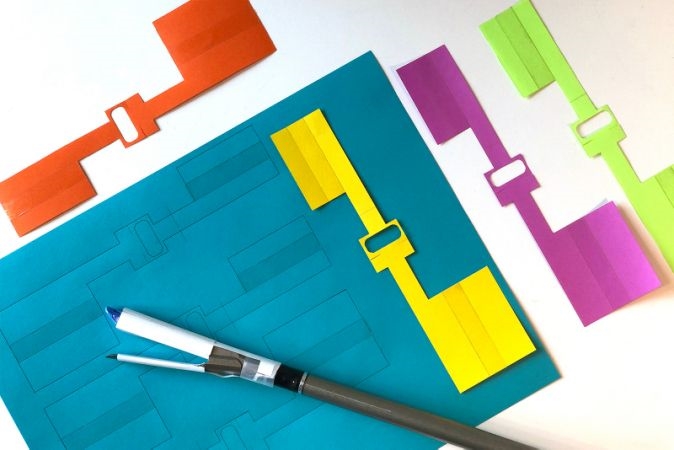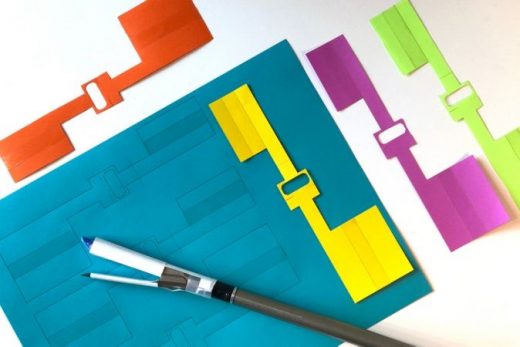Origami-like patch could help robot surgeons repair internal injuries
Origami-like patch could help robot surgeons repair internal injuries
The medical tape could lead to wider use of robots in medicine.


Robot surgeons could one day have an easy way to mend internal injuries with minimal impact. MIT researchers have developed an “origami-inspired,” biodegradable medical patch that can be folded around a robot’s minimally invasive surgical tools to seal internal damage.
While bioadhesive patches are already in use for this kind of surgery, they can create flawed seals and even do their own damage, like inflammation and scar tissue. MIT’s design solves these issues through a three-layer patch with a hydrogel-based adhesive, a silicone oil-coated material to prevent unintended sticking and an elastomer outer layer whose zwitterionic nature (that is, a molecular chain with positive and negative ions) protects the patch against bacteria.
The result is a tape that easily wraps around robotic tools while adhering strongly to tissue, even after it has been immersed in fluid for long periods. A test patch avoided contamination even after a month, too. A robot might only need to apply light pressure or inflate a balloon to apply a patch.
Any practical application might take a long while. However, the scientists envision companies selling prefolded patches that would slip on to existing tools. They’re hoping to collaborate with robotic surgery platform developers. If that happens, you could see greater use of robots and bioadhesives in the medical world — not to mention gentler recoveries from some procedures.
(24)


